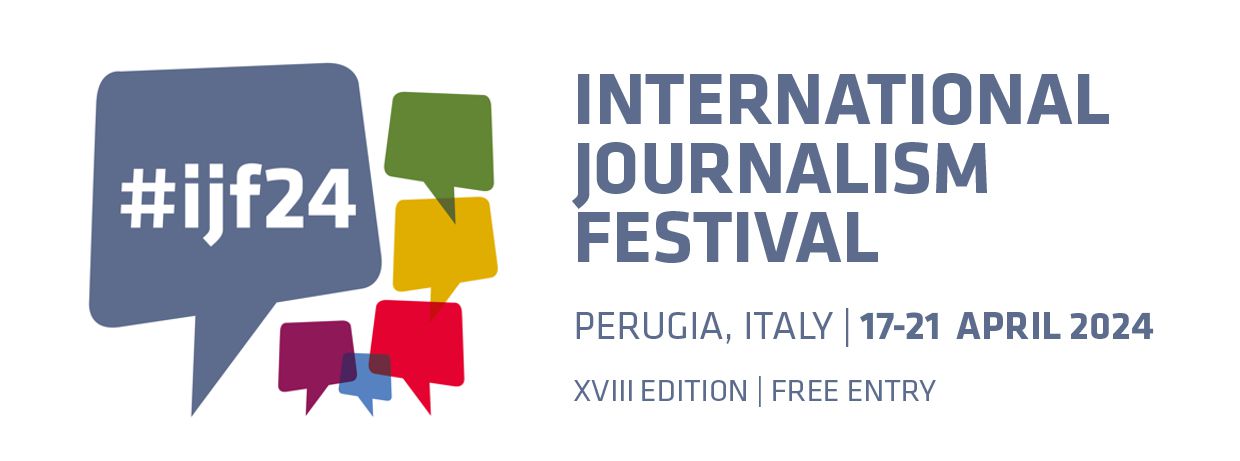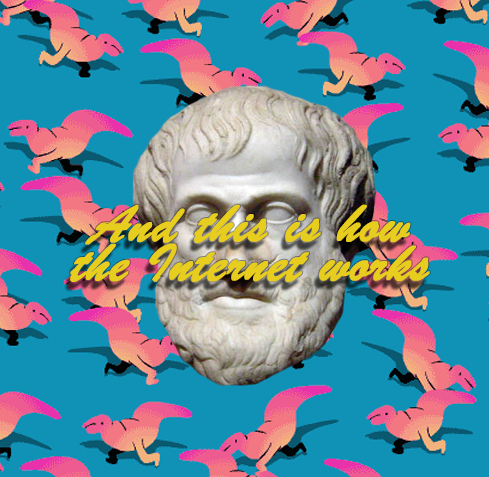by Vincenzo Marino – translated by Roberta Aiello
Dr V. and the ethics of journalism

Image via Grantland
Caleb Hannan is a young freelancer and amateur golfer who has insomnia. Surfing the Internet, he hits on the amazing Oracle GX1, a golf club that claims to improve, on a scientific basis, the performance of the user. He finds out the tool has been designed by Essay Anne Vanderbilt, known as Dr. V., who graduated in Physics at MIT. The reporter proposes to write an article for Grantland, the ‘longread’ section of the ESPN website, deciding to delve into the story. Intrigued by the fact that there is very little about Dr. V on the Internet, Hannan decides to contact her to know more about the club. She agrees to be interviewed on the condition that the article stays away from her personal life. Enticed by the answer, the journalist continues to investigate, gets some contacts and finds out that Dr. Vanderbilt is actually Stephen Krol, born male, a very discreet transgender. Hannan refers what he discovers to the YAL investors, the company of GX1, despite Vanderbilt’s request and the fact that in the past she has already attempted suicide. In October, Dr V committed suicide and on 15 January, Grantland published the long article («Dr. V Magical Putter»), sparking one of the most debated journalistic cases of early 2014.
Despite the first positive reception, the post has sparked various arguments. There are those who took the opportunity to speak again about the role of freelancers in the news where there is a natural lack of experience and inspiring “editorial” examples and the tendency of young people towards ’emphatic’ stories to impress editors and readers; the importance of favouring ethical issues over everything else (Rob Beschizza of BoingBoing); the need to adapt to the nature of the protagonists and to always maintain a certain level of sensitivity (Matt Schiavenza of The Atlantic), especially when the person involved is not a «world-class dictator» nor a «religious leader» who has spoken out against sexual minorities (Mary Dahvana Headley). There are those who invoke the defense of privacy (Tracy Moore of Jezebel), or the total lack of respect for the trans community (Saeed Jones of Buzzfeed) and the code of ethics. Others emphasize the tendency of Hannan to make the story more noir than it was, with an obsessive quest for sensationalism without «compassion and humanity» (Josh Levins of Slate), betrayed by the use and the choice of adjectives, by structural weaknesses «that turned into moral ones» (Steve Silberman on Twitter) and by the alienating description of the doctor, as noted through the harsh indictment of Paris Lees of Vice.
Grantland, which according to Marc Tracy of New Republic is likely to see its reputation compromised forever, has published an apology. The letter, signed by the editor Bill Simmons, deplores the fact that more than ten staff members read the article and gave the «green light» for the publication, failing to understand the depth of the issue and ignoring the potential implications (here the apology in 4 points summarized by Alyssa Rosenberg of ThinkProgress). The comment of Bronwen Clune of the Guardian is lapidary: in this search for transparency, journalistic truth cannot be more important than that of the protagonists of a story. «There is no divinely-granted permission to journalists as an authority on what constitutes truth, or what is and is not news, and what should and should not be pursued».
The most read article in the NYT in 2013 is not an article

In early 2014, the New York Times published the list of the most visited content of 2013. All the trends, initiatives and economic data of the newspaper are always scrupulously analyzed as indicative terms for the entire category. Robinson Meyer, who examined the list, found that of the ‘top 10’ articles of the Times only four were «breaking news articles (including a map)», three were health stories, one was a longread about poverty in New York and two were editorials on Putin and Angelina Jolie. The most widely read content was, surprisingly, a kind of quiz on American dialects created by an intern, published on 21 December 2013 (“How Y’all, Youse and You Guys Talk“). Meyer says: «It took a news app only 11 days to “beat” every other story the Times published in 2013. It’s staggering». Ian Bogost of The Atlantic adds that there is nothing to be surprised about if «dominant patterns of online attention» are considered. They are different dynamics from the standard, which outweigh the editorial nature of a product, rewarding the ‘reading’ experience regardless of the producer (newspaper or entertainment portal). There is just «curiosity» at the base of it all.
This thesis has been confirmed by re-reading the entire list of the NYT. Most of the content of the ‘ranking’ satisfies a curiosity (Putin editorial, the new and ‘bizarre’ Pope, physical care and junk food), last but not least “How Y’all, Youse and You Guys Talk” which, according to the author, besides captivating the playful side, tweaks the curiosity of those who would never have expected such content – more the domain of «Buzzfeed or Gawker (or even The Atlantic)» – in the pages of a historically moderate and serious newspaper such as the NYT. Bogost defines it as «curiosity journalism», recalling the interview of KnightLab of its author, the intern Josh Katz. Through the read we learn about the passion of Katz for news and data graphics, which led him, in previous months, to publish a map of his study of the U.S. dialects on the website of North Carolina State University and on RStudio.com. Last summer, the editors of the Times noticed the publication and offered Katz an internship and later a job as staff editor of the new data journalism project of the newspaper.
This post will explain what works on the net

The search for ‘killer’ content, which scientifically works on the net, has not yet been able to bring exhaustive results. Mary Konnikova of the NewYorker draws on Aristotle, defining his work as one of the first examples of analysis on what can be recognized as persuasive and memorable (although in the case of ancient Greece, it was speeches). Ethos, pathos and logos are categories of persuading or, in the case of the Internet, sharing. Johan Berger and Katherine Milkman, professors at the University of Pennsylvania contacted by the reporter of the New Yorker, analyzed 7,000 articles that had appeared in the Times in 2008, between August and November, trying to determine why some items were shared more than others by email. After another empirical experiment with some students, the two have arrived at some conclusions. Pushing the sharing would be the propensity of the stories to ignite strong feelings, good or bad, exciting the reader so much as to induce him to pass them on (especially if they are positive). That is not all. A sense of ‘complicity’ arising from the publication of content that characterizes those who share them as “expert” in one particular field, or at least as someone who understands “the joke”, contributes to this system (the LOLcats are a classic example: «When your mom sees one», says Berger, she has no idea what it is and why it makes people laugh so much).
A few days ago Buzzfeed published an article of 6,000 words titled «Why I Bought a House in Detroit for $500»: a longread which has managed to collect more than a million shares, 47% of which – remarkably – were from mobile devices. This contradicts the thesis of the ‘fast’ reading, by «snacking» (as we said here) that gave birth to more than one editorial initiative (Circa and the recent Trove, launched this week). Megan Garber explains that according to internal sources of the newsroom, one reader out of two goes to Buzzfeed from a tablet or a smartphone, with a more distinct and particular predilection for the latter. According to the CEO Jonah Peretti, it is simple ‘companionship’: more and more people, he said, read on the phone because it is more convenient, closer, there is less ‘scroll’ and it is faster. Any theory on the attention span of Internet users needs to be reviewed, he continues, «there are people spending 25 minutes on their phone, reading the story», nearly twice as long as it takes on average on the tablet for the same content. It is an eternity in the world of the Internet.


